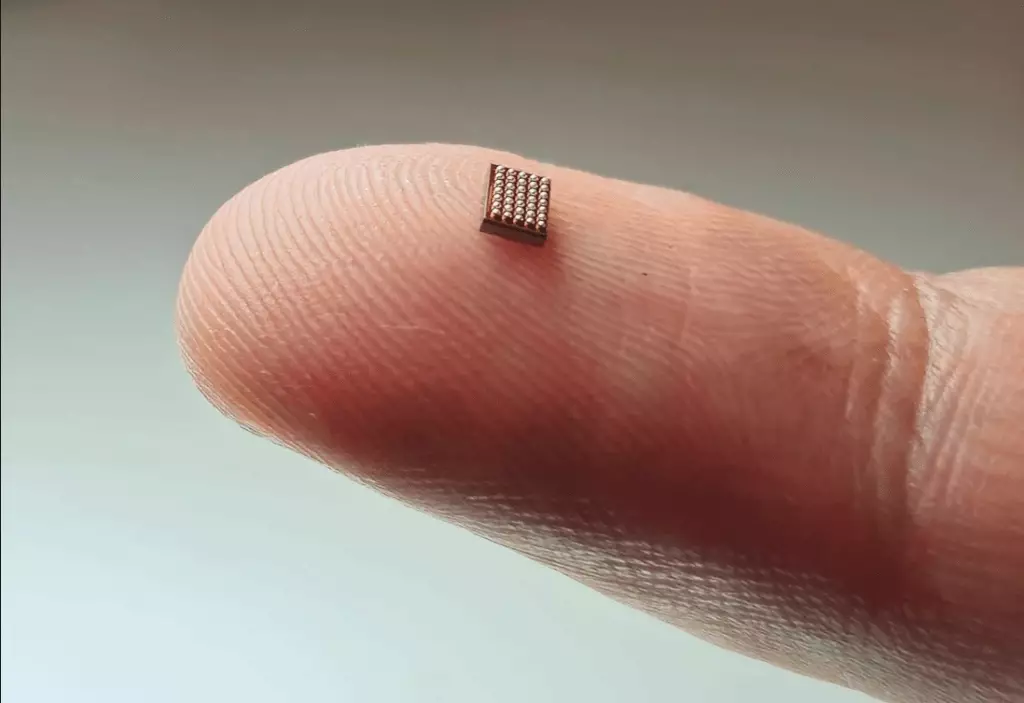The tech world has long been fascinated by large language models (LLMs) powered by Nvidia GPUs. However, a quieter revolution is taking place in AI hardware, with the emergence of neuromorphic computing. Traditional deep learning architectures are facing limitations in terms of energy demands, leading to the rise of neuromorphic systems that promise to drastically reduce computational and power requirements in AI by orders of magnitude.
What Are Neuromorphic Systems?
Neuromorphic processors are designed to mimic the processing of information in biological brains. Rather than performing sequential operations on data stored in memory, these chips utilize networks of artificial neurons that communicate through spikes, similar to real neurons. This brain-inspired architecture offers distinct advantages, especially for edge computing applications in consumer devices and industrial IoT.
The Advantages of Neuromorphic Systems
One of the key advantages of neuromorphic processors is their ability to perform complex AI tasks using a fraction of the energy required by traditional solutions. This enables capabilities like continuous environmental awareness in battery-powered devices, which were previously impossible. These systems excel in applications such as always-on audio processing, real-time sensor fusion, and ultra-low power computer vision.
Innatera’s flagship product, the Spiking Neural Processor T1, exemplifies the advantages of neuromorphic computing. This processor combines an event-driven computing engine with a conventional CNN accelerator and RISC-V CPU, providing a comprehensive platform for ultra-low-power AI in battery-powered devices. The T1 is capable of conducting computations with significantly less energy compared to traditional approaches and boasts pattern recognition speeds that are 100 times faster than competitors.
Innatera has partnered with Socionext to develop innovative solutions, such as human presence detection using radar sensors and neuromorphic chips. This technology enables highly efficient and privacy-preserving devices like video doorbells, smart home automation systems, building security applications, and occupancy detection in vehicles. Neuromorphic computing is transforming everyday devices while reducing power consumption and enhancing privacy.
Industry Interest and Growth
The dramatic improvements in energy efficiency and speed offered by neuromorphic computing have attracted significant industry interest. Innatera has multiple customer engagements and is experiencing growing traction for its neuromorphic technologies. The company aims to bring intelligence to a billion devices by 2030 and is ramping up production to meet the increasing demand. The Spiking Neural Processor is set to enter production later in 2024, with high-volume deliveries starting in Q2 of 2025.
As the AI industry evolves, the need for more efficient hardware solutions will continue to grow. Neuromorphic computing represents an exciting frontier in chip design, with the potential to enable a new generation of intelligent devices that are both more capable and sustainable. While large language models dominate the headlines, the real future of AI may lie in chips that emulate the operation of biological brains. The next few years hold promise for the advancement of neuromorphic systems and the transformative impact they could have on AI applications.


Leave a Reply